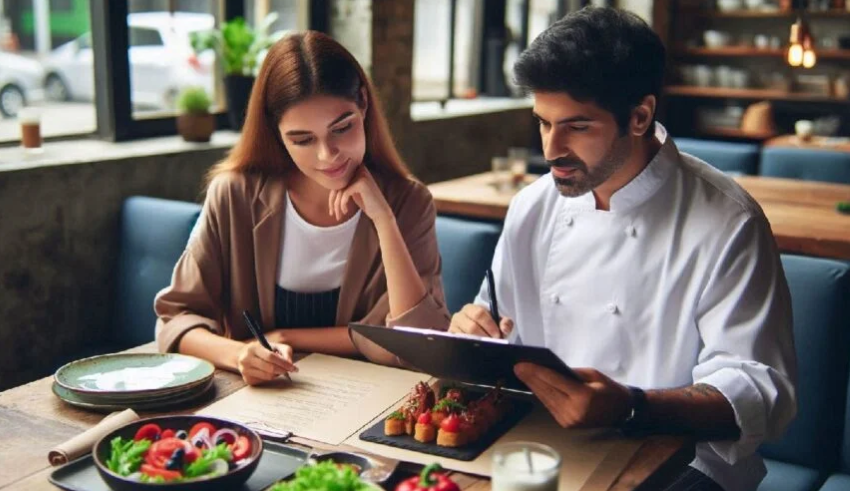But few tools have been so rapidly embraced—and so quickly become standard—as the restaurant QR code. Once the reserve of the tech-savvy, QR codes have become a daily sighting for diners. Thanks to all who help restaurants run more efficiently and cleanly, restaurants everywhere are figuring out how to make their restaurants work with QR codes. In fact, many now offer a full restaurant menu with a QR code, a move that’s reshaping how diners interact with food establishments.
Why Restaurant QR Codes Took Off
The pandemic was the reason for using them; the use of QR codes in restaurants was suddenly at the forefront. Official government guidelines stated all hygiene and safety measures to lower physical contact, which included the use of a one-time touch menu. The UK Government explicitly stated that the use of technology was encouraged to reduce face-to-face time. From one safety barrier to the re-emerging force within the restaurant industry, QR codes became the marketing solution.
“As QR codes become an integral touchpoint in modern dining, they naturally open the door to deeper integrations with your backend systems. Rather than being a standalone novelty, QR menus and ordering workflows are far more powerful when tied into your restaurant POS system.
This linkage means orders placed via QR interface flow directly into your kitchen queue, inventory is updated in real time, and analytics across both digital and in-venue channels become unified. The result is a seamless guest experience—no redundant entry or miscommunication—and clearer visibility for you into order patterns, menu performance, and operational bottlenecks. In short: marrying QR engagement with a strong POS backbone elevates not just convenience, but the very efficiency and intelligence of your service.”
Enhancing Customer Experience
Customer experience is at the heart of a restaurant’s QR code. For a customer, all they have to do is scan a QR code with their camera app, and they can access an interactive, real-time menu in seconds. The menu can have all sorts of interactive features — translation, allergen filters, drink pairings — impossible with a paper menu. Finally, instead of physically crossing out items or writing them on a chalkboard, customers can see when items are sold out or daily specials are available in a real-time, visual way.
All of this equates to more happy customers and less running around for the staff.
Marketing Potential Beyond the Table
Of course, the immediate benefit of a restaurant QR code is simply making a menu available. However, the technology creates plenty of new opportunities for marketers to get creative. One scan can do much more than display items for sale — it can also drive loyalty programs, solicit customer feedback, or support a larger social media contest. For example, a promotion that provides a discount on the next visit for scanning a restaurant QR code has the dual marketing potential of driving repeat customers and providing a wealth of valuable data.
Sustainability and Cost Savings
Beyond convenience and cost-saving, another major consideration is sustainability. Paying to print your menus also means that you are paying to throw away waste. By going digital, you are conscious about your paper waste, and this will tie in with the values of eco-friendly practices. Presenting your business as eco-conscious and forward-thinking will only serve to boost your brand identity in current times. Diners will feel more comfortable about dining at an establishment that aligns with their priorities, and the environment is increasingly one of those concerns.
The Future of Restaurant QR Codes
In the future, we will see restaurant QR codes take advantage of technologies such as augmented reality (AR) and personalized AI-driven recommendations. Musing on an example, scanning a menu prompts a 3D rendering of every single dish to pop up before you, or a machine learning that understands your dietary preferences and provides dish or beverage recommendations personalized to you.
While this sounds futuristic, as technology advances and becomes more prevalent in restaurants, those that adapt and implement it will streamline their processes and enhance their customer experience, thereby securing their competitive edge in this digital tech-eat-tech world.









